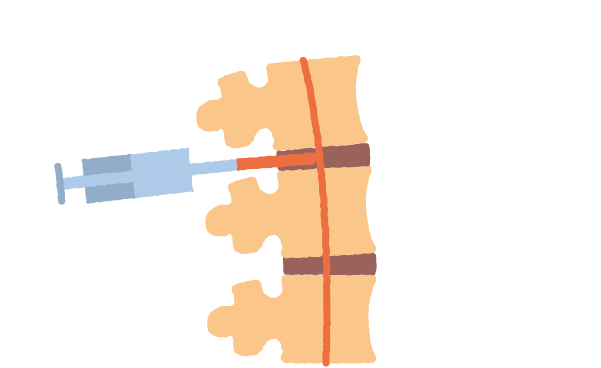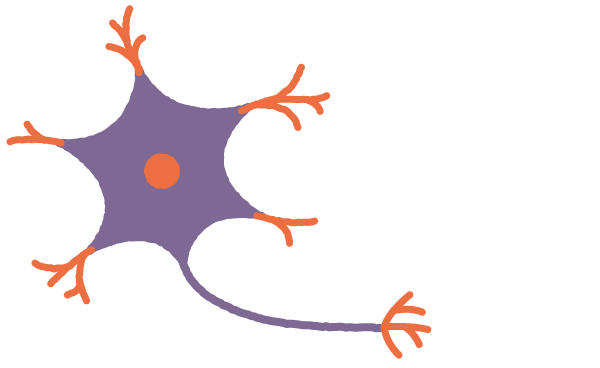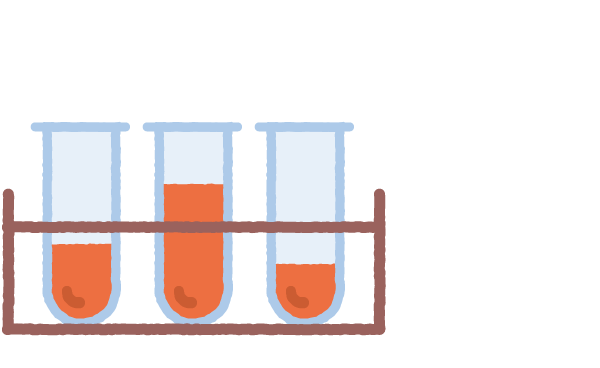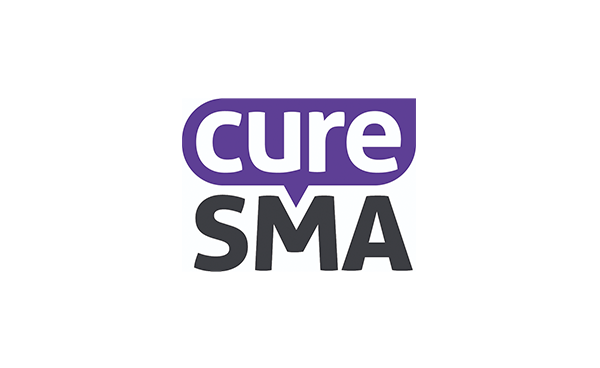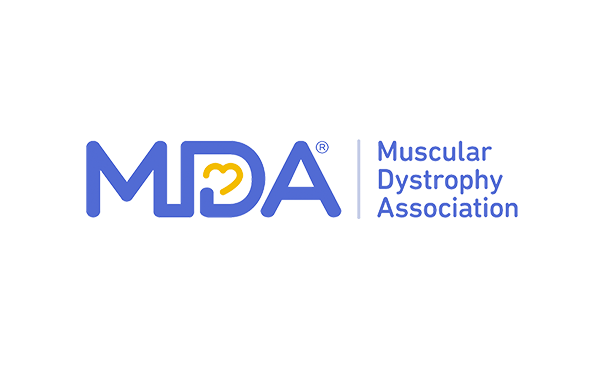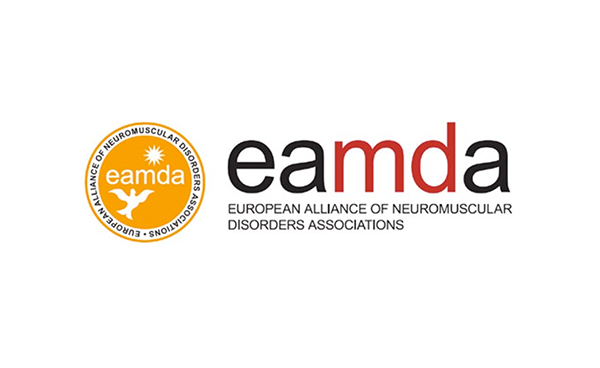Spinal muscular
atrophy
Learn about spinal
muscular atrophy and
what we’re doing to help
Our SMA research
We’re looking at several areas of research for people living with SMA, including:
- The safety and potential side effects of an investigational drug at different doses and over a long period of time
- What effect a higher dose of an investigational drug may have for people living with SMA
- If an investigational drug could help prevent or delay respiratory interventions or death in infants who aren’t yet showing symptoms or have been diagnosed with genetic SMA
- The impact an investigational drug may have on aspects of SMA, such as motor function, in people who have previously received other treatments for SMA
What could a Biogen SMA trial involve?
Before you or your loved one joins a trial, we first confirm your eligibility with some health assessments. Then if you’re eligible and choose to take part in an SMA trial, you’ll need to attend several appointments so that the trial team can closely monitor your health and condition with health assessments, such as:
Lumbar punctures involve inserting a needle between the bones of the spine in the lower back, in order to take a small amount of cerebrospinal fluid (fluid surrounding the brain and spinal cord). The trial doctor will discuss any risks associated with this procedure with you, including, but not limited to: headache and back discomfort/pain.
system
Depending on you or your child’s age, we would observe movement skills and the senses, as well as balance and coordination, mental status (level of awareness, speech, and language, and ability to interact with the environment), reflexes, and functioning of the nerves. For small children, sense tests can include whether they can feel a pinprick sensation and vibrations, which they may find a little uncomfortable.
This involves examining a person’s DNA, the chemical database that carries instruction for the body’s functions. Genetic testing can reveal changes (mutations) in genes that may cause illness or disease.
Other assessments will be involved. A full list of these, and all other requirements around taking part in a trial, would be fully discussed with you before you made a decision about whether to join a trial or not.
And remember, if you join a clinical trial, there are many rules and regulations in place to protect your rights, safety, welfare and personal data.
What is the role of a caregiver in an SMA clinical trial?
Parents or guardians will accompany small children who take part in an SMA trial. Visit our section on clinical trials in children for more information about what to expect if your child takes part in a trial. If you’re an adult taking part in an SMA trial, someone who cares for you, for example a partner, sibling, other family member, close friend, or professional caregiver, may help you get to and from your appointments and support you throughout the trial. They might be asked to help monitor any changes in your condition and report them to us. Visit our section on caregivers for more information about this role.
Travel support for people who take part in trials may be available, in terms of coordination and expenses. Depending on the distance traveled, this may include ground transportation, flights, and hotels.
How can I get involved?
To find effective treatments for SMA, we must first test investigational drugs in clinical trials. But in the same way that diseases like SMA can impact people in different ways, how medicine works in the body can also vary for people of different races and ethnicities. That’s why it’s so important that we have diverse representation of all people in our clinical trials.
You can learn more about the importance of diversity in clinical trials, and Biogen’s efforts to make an impact, here.

